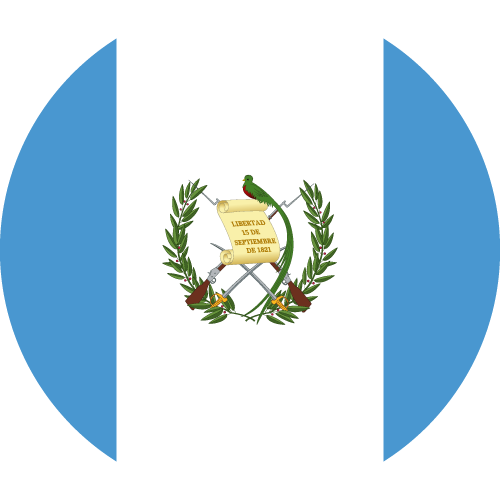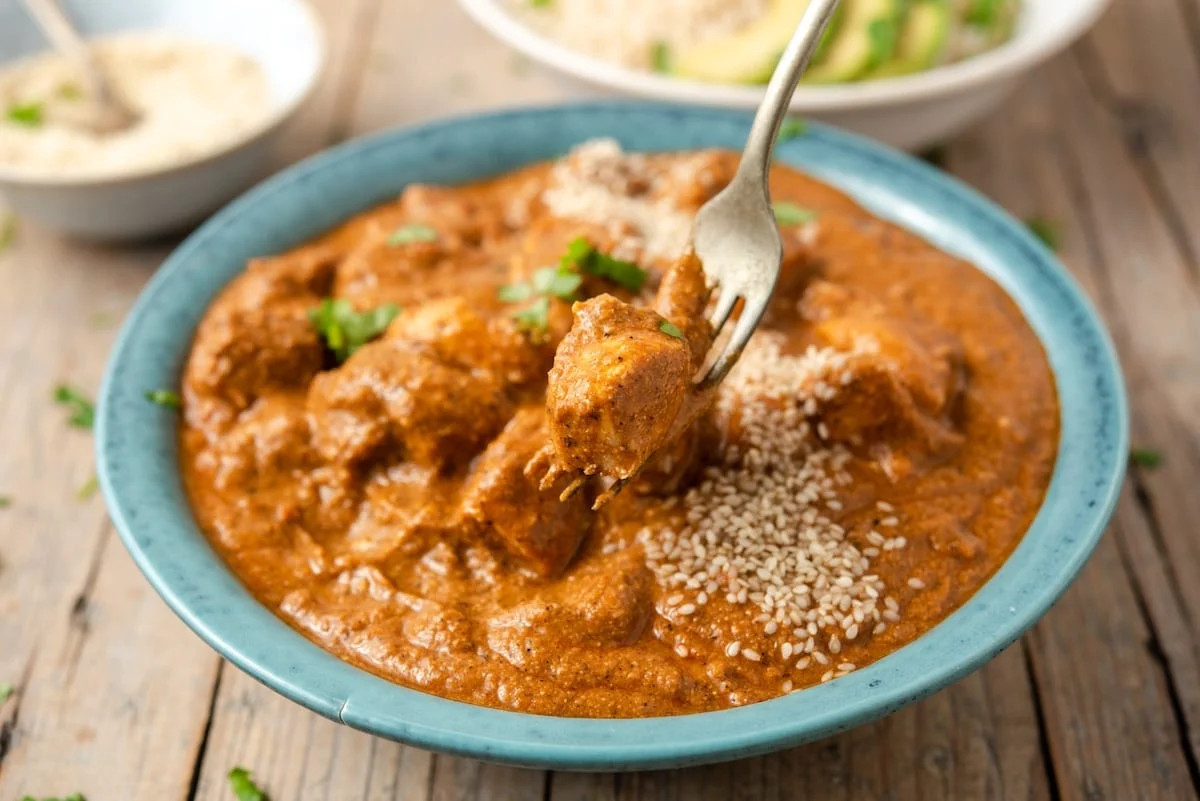Guatemala travel tips
Guatemala travel tips: Land of Mayan heritage, vibrant markets, lush landscapes, and rich culture; explore ancient ruins, volcanoes, and indigenous traditions.
Before you go 🛩
Important information you should know before your trip
Info

Capital | Ciudad de Guatemala
Flag Codes
ISO alpha-2 GT, ISO alpha-3 GTM
Currency
Badge | Guatemalan Quetzal
CODE | GTQ
NUMBER | 320
SYMBOL | Q
FRACTION | Penny
Mobile Coverage
Dialing Code | +502
SIM Card
Coverage
3G / 4G / 5G
Mobile Networks | Claro Mobile| Tigo Mobile |

Location
Guatemala is a country located in Central America. It is bordered by Mexico to the north and west, Belize to the northeast, Honduras to the east, and El Salvador to the southeast. To the south, Guatemala shares a border with the Pacific Ocean.
Geographically, Guatemala is situated between the coordinates 14.6349° N latitude and 90.5069° W longitude. The country covers an area of approximately 108,889 square kilometers (42,042 square miles).
The terrain of Guatemala is diverse, consisting of highlands, mountains, rainforests, and coastal plains. The country is known for its volcanic landscapes, with several active and dormant volcanoes scattered throughout the region. The highest point in Guatemala is Tajumulco Volcano, which stands at an elevation of 4,220 meters (13,845 feet) above sea level.
Currency
The official currency of Guatemala is the Guatemalan Quetzal (GTQ). The quetzal is named after the national bird of Guatemala, which is depicted on the country’s currency. The quetzal is further divided into centavos, although centavo coins are rarely used in practice.
When visiting Guatemala, it is advisable to have some local currency on hand for small expenses, as not all establishments may accept foreign currencies or credit cards. You can exchange major currencies, such as US dollars or euros, for quetzales at banks, exchange offices, or authorized currency exchange counters.
It’s important to note that currency exchange rates may vary, so it’s advisable to compare rates and transaction fees before exchanging your money. ATMs are widely available in larger cities and tourist areas, allowing you to withdraw cash in local currency using your debit or credit card. However, be aware that some ATMs may have withdrawal limits and may charge additional fees.
.
Languages
The official language of Guatemala is Spanish. Spanish is spoken by the majority of the population and is used in government, education, media, and business settings.
In addition to Spanish, there are also several indigenous languages spoken throughout Guatemala. These languages are part of the rich cultural heritage of the country and are spoken by various indigenous communities. Some of the prominent indigenous languages include K’iche’, Kaqchikel, Q’eqchi’, Mam, and many others.
In tourist areas and larger cities, it is common to find people who speak at least some English, especially those involved in the tourism industry. However, outside of these areas, English proficiency may be limited, and it can be helpful to know some basic Spanish phrases to communicate with locals.
Climate 🌡
The climate of Guatemala varies depending on the region, elevation, and time of year. Overall, Guatemala has a tropical climate with distinct wet and dry seasons. Here are the general characteristics of the climate in Guatemala:
Wet Season (May to October):
The wet season in Guatemala corresponds to the summer months. During this time, rainfall is more frequent, especially in the afternoon or evening. The rainiest months are typically September and October. The wet season brings lush green landscapes, and temperatures tend to be slightly cooler. In some areas, such as the Caribbean coast and the northern lowlands, the wet season can experience heavy rainfall and occasional tropical storms.
Dry Season (November to April):
The dry season is the winter period in Guatemala. Rainfall decreases significantly, and the weather is generally drier and more stable. The dry season is characterized by sunny days and warm temperatures, making it a popular time for tourism. The Pacific coast and southern regions experience a drier climate compared to the northern and Caribbean areas.
Highlands and Mountains:
Guatemala’s highland regions, such as Antigua, Quetzaltenango, and Lake Atitlán, have a cooler and more temperate climate due to higher elevations. Temperatures in the highlands can be cooler, especially at night, with average daytime temperatures ranging from 15 to 25 degrees Celsius (59 to 77 degrees Fahrenheit). The highlands may experience more variation in temperature throughout the year.
Coastal Areas:
The coastal regions of Guatemala, including the Pacific coast and the Caribbean coast, have a more tropical and humid climate. The Pacific coast tends to be hot and dry, with temperatures ranging from 25 to 35 degrees Celsius (77 to 95 degrees Fahrenheit). The Caribbean coast is more humid and experiences higher rainfall.
It’s important to note that microclimates exist throughout Guatemala due to variations in altitude and geography. In higher elevation areas, such as the mountainous regions, temperatures can be cooler, and weather conditions may change rapidly.
Guatemala travel tips
Here are some travel tips for visiting Guatemala:
Mayan Heritage:
Immerse in Guatemala’s Mayan history by exploring ancient ruins like Tikal and Quiriguá.
Markets:
Visit vibrant local markets like Chichicastenango for a cultural and colorful shopping experience.
Volcanic Landscapes:
Explore Guatemala’s diverse terrain, including stunning volcanic landscapes like Pacaya and Acatenango.
Lake Atitlán:
Enjoy the serene beauty of Lake Atitlán, surrounded by picturesque villages and towering volcanoes.
Local Transportation:
Utilize colorful local buses, opt for shuttle services for comfort, and explore diverse landscapes with reliable transportation options.
Weather Variations:
Pack layers for varying climates, from tropical lowlands to cooler highland regions.
Local Cuisine:
Try traditional dishes like pepián and tamales; indulge in Guatemala’s diverse culinary scene.
Safety:
Exercise caution in urban areas, be aware of surroundings, and follow local advice for a safe journey.
Enjoy the incredible beauty and diversity that Guatemala has to offer!

The best of the best
Guatemala has a rich culinary heritage influenced by Mayan, Spanish, and other Central American cuisines.

Pepián
Considered Guatemala’s national dish, pepián is a hearty and flavorful stew made with meat (such as chicken, beef, or pork), vegetables, and spices. It is often served with rice and tortillas.

Chiles Rellenos
This dish consists of roasted or fried bell peppers stuffed with a savory mixture of meat (usually beef or pork), cheese, and vegetables. The stuffed peppers are then coated in egg batter and fried until golden. They are often served with tomato sauce and rice.

Kak’ik
A traditional Mayan dish, kak’ik is a turkey soup prepared with a rich and aromatic broth made from spices like achiote, cinnamon, and coriander. It is typically served with corn tortillas and accompanied by garnishes like cilantro and lime.
Traditional Guatemalan dishes often feature a combination of fresh ingredients, local spices, and unique flavors. Here are some typical foods of Guatemala:
Hilachas: This traditional dish features shredded beef cooked in a tomato-based sauce with vegetables and spices. It is usually served with rice, beans, and tortillas.
Rellenitos: Rellenitos are sweet plantain fritters filled with a sweetened black bean paste. They are deep-fried until crispy and are often dusted with powdered sugar. Rellenitos are a popular dessert or snack in Guatemala.
Atol: Atol is a warm and comforting drink made from cornmeal, milk, sugar, and various flavorings such as cinnamon, vanilla, or chocolate. It has a thick and creamy consistency and is commonly consumed for breakfast or during festive occasions.
Yuca con Chicharrón: This dish consists of fried yuca (cassava) served with crispy pork belly known as chicharrón. It is a popular street food snack in Guatemala.
Rellenitos de Plátano: Rellenitos de plátano are sweet plantain fritters filled with a sweetened black bean paste, similar to rellenitos. However, instead of being deep-fried, they are typically pan-fried until golden brown.
These are just a few examples of the many delicious dishes you can try in Guatemala. The country’s cuisine offers a wide variety of flavors and textures, reflecting the diverse cultural influences and culinary traditions of the region.
Transportation 🚥
More information about this country
Choose your destination 📍🗺
Useful Links ✅



























